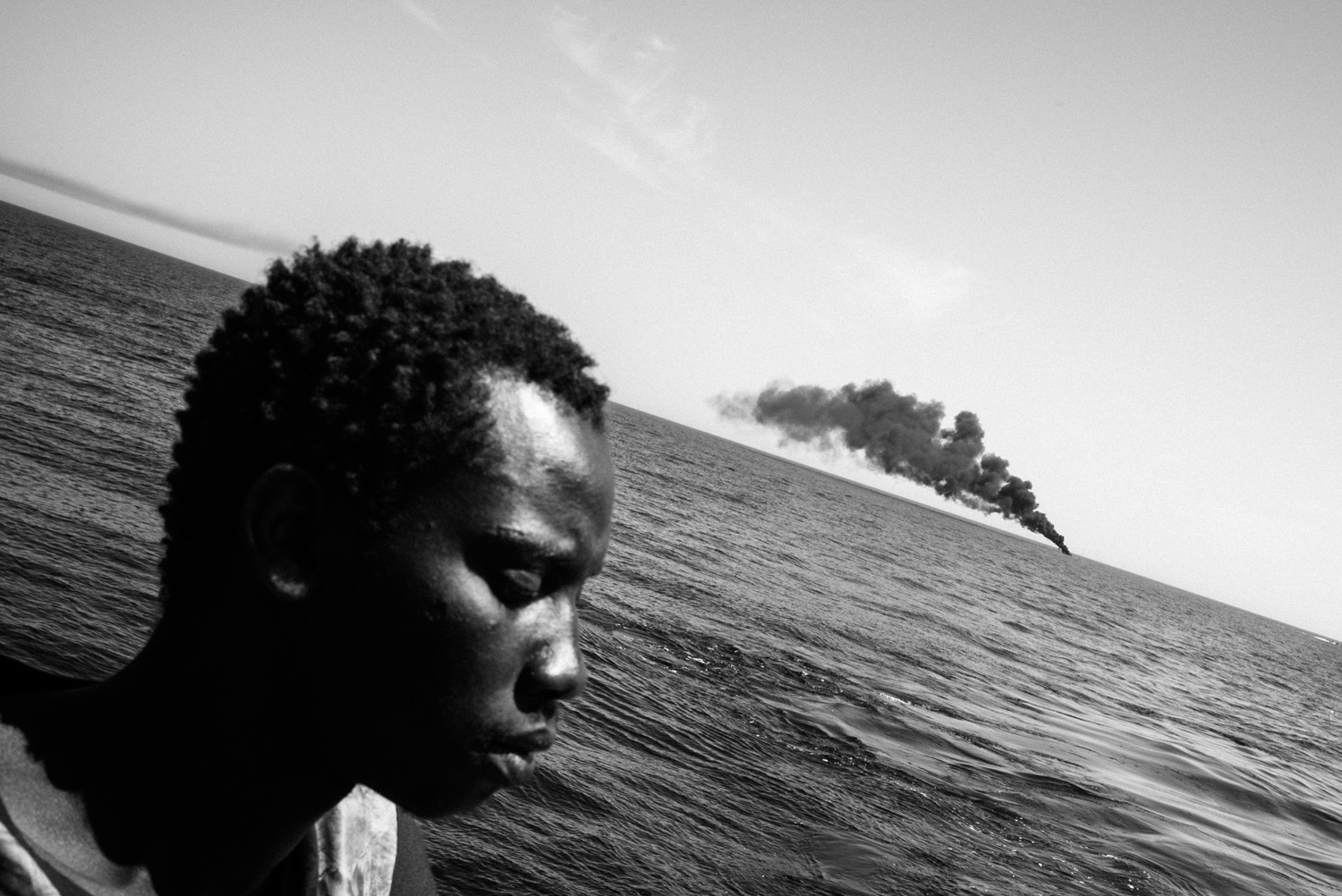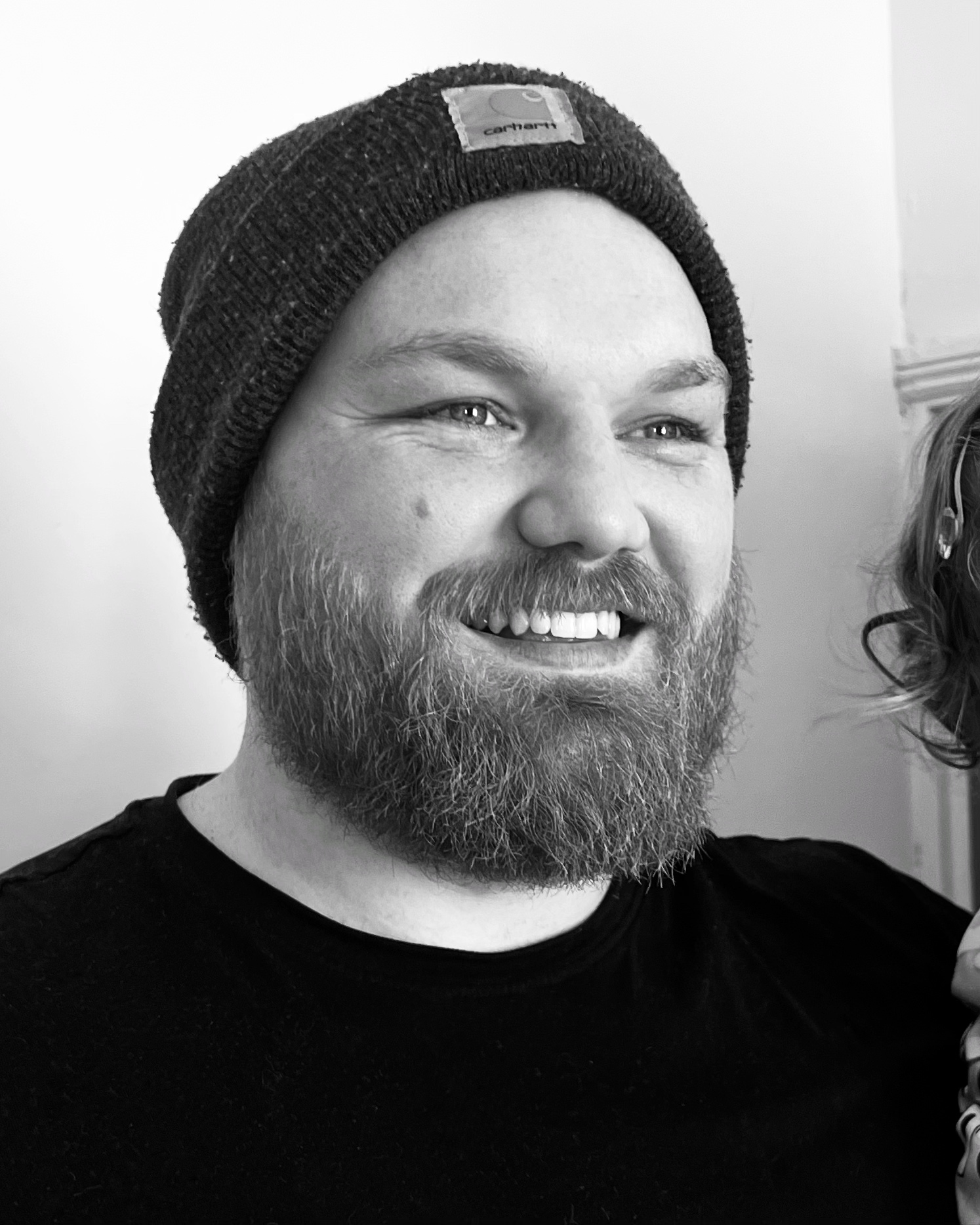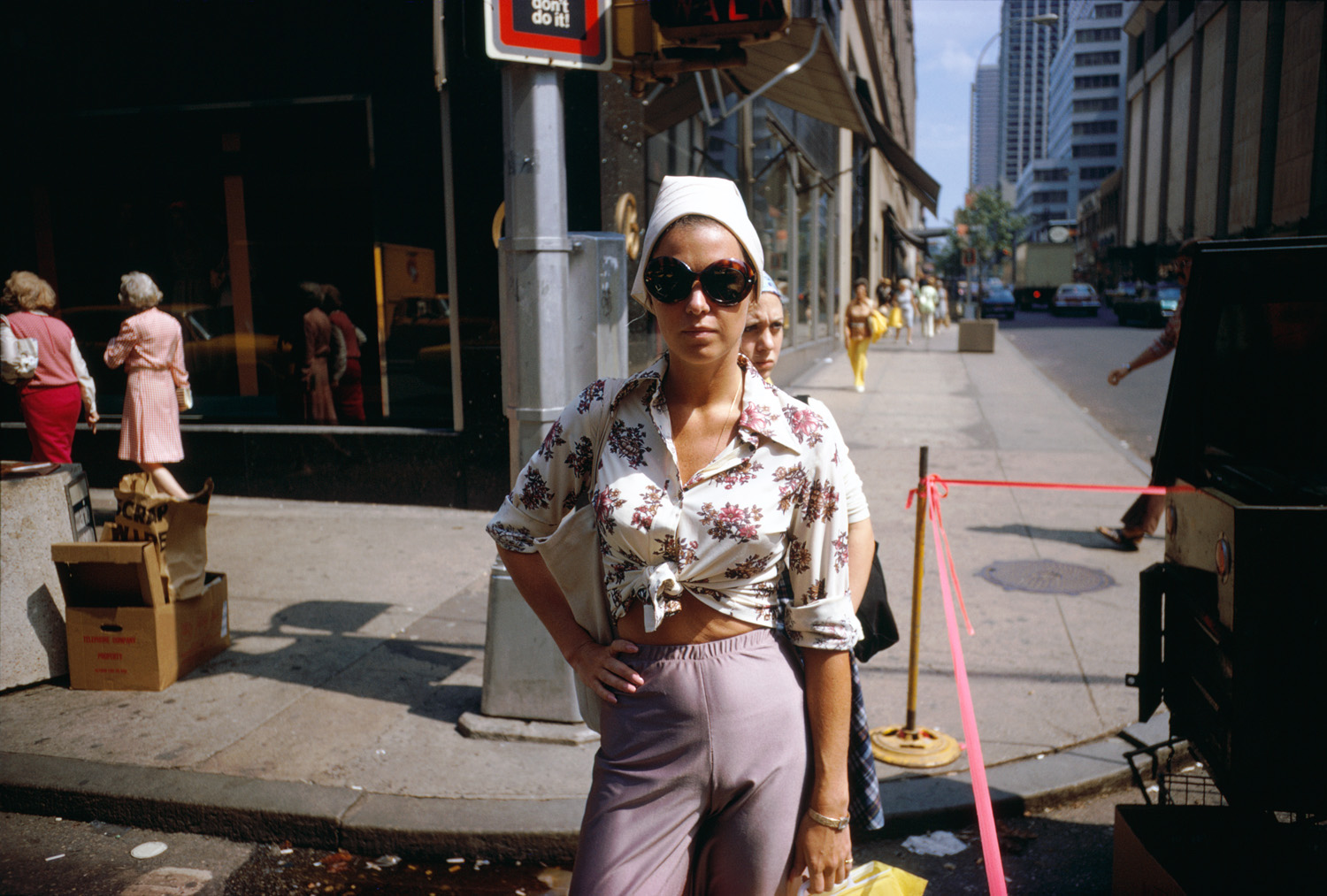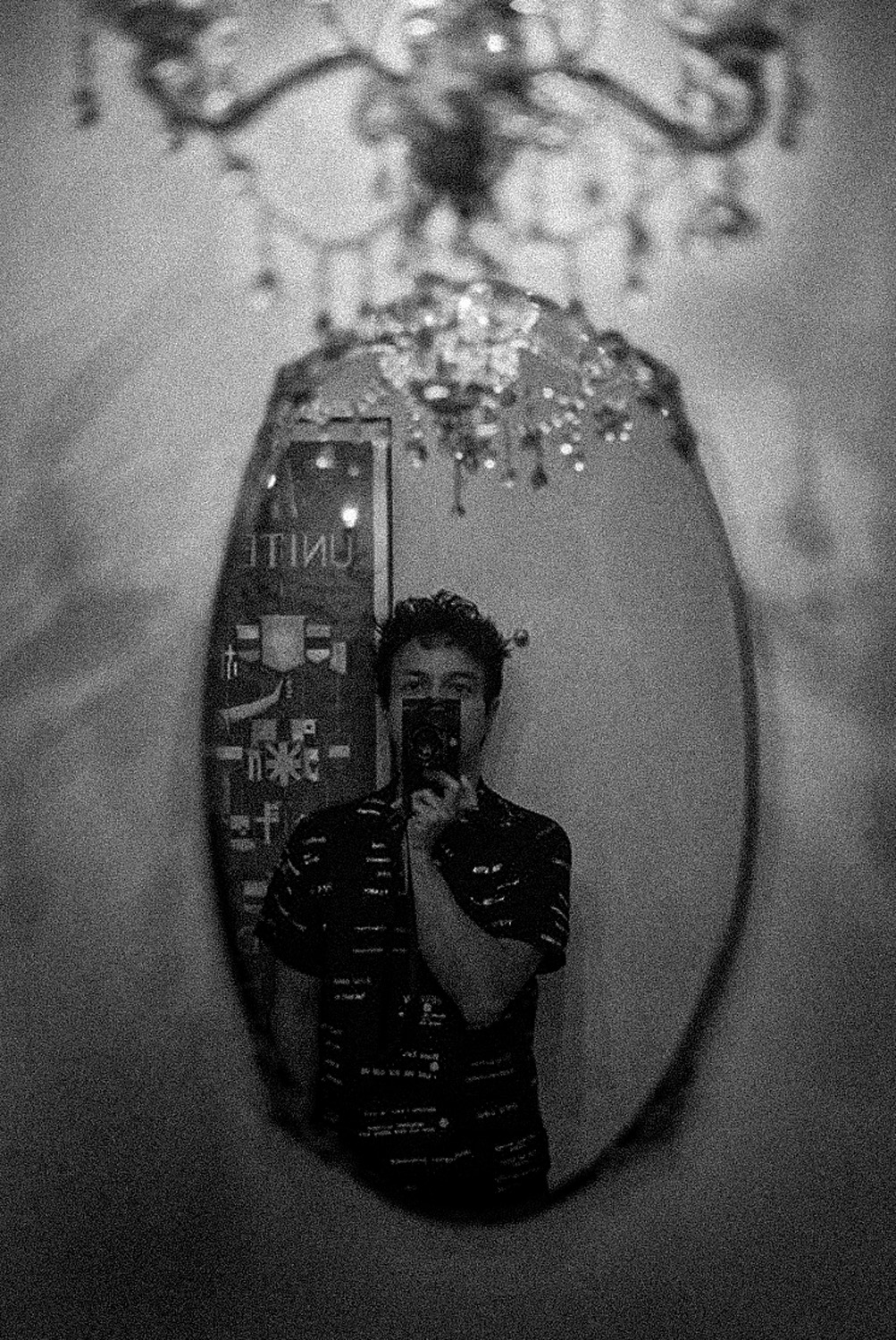Joel Meyerowitz among 3 major photography exhibitions as Leica celebrates its centenary year in Wetzlar
Leica marks 100 years by showcasing Meyerowitz, Elias, and Cullum in Wetzlar

To mark 100 years since the release of the Leica I, a trio of new exhibitions open this month at Leitz Park in Wetzlar, Germany, the birthplace of Leica cameras.
Together they offer a wide view of what Leica photography has meant and continues to mean to the medium across different genres, generations and ways of seeing.
The flagship show, Joel Meyerowitz: The Pleasure of Seeing, is a major retrospective hosted at the Ernst Leitz Museum. It traces the life’s work of one of the key figures in American street photography, spanning early New York street scenes to post-9/11 Manhattan, from still lifes in Cézanne’s studio to rare frames from Meyerowitz’s very first roll of Leica film in 1963.
All 100 images were selected by the photographer himself. Color is at the heart of the work, and rightly so, as Meyerowitz was one of the earliest to champion color photography as a serious artistic form in a field then dominated by black and white. His pictures are composed with care but remain open, giving the viewer space to explore and inviting attention.
I’ve followed Meyerowitz throughout my photographic journey. His early street work, in particular, taught me that color could carry emotional and narrative weight without becoming decorative.
Alongside figures like Eggleston and Leiter, Meyerowitz helped define a way of seeing that felt alert to both chaos and beauty. His use of Leica cameras and his belief in the photographer’s presence as a witness have stayed with me for years.
Speaking on his use of color in photography, Meyerowitz says, "I have always considered myself to be an advocate of color. It was always about real life for me – not gaudy moments. I want to describe everything I see. And color opens up a new dimension for us to do so."
The best camera deals, reviews, product advice, and unmissable photography news, direct to your inbox!
Upstairs, at the Leica Gallery Wetzlar, two very different perspectives are brought together. In Édouard Elias: Eyewitness, the French photojournalist presents work from three of his most important series – oil fires in Iraq, migrant rescue missions in the Mediterranean and scenes from the Central African Republic during the civil war.
These aren’t quick responses or distant observations. Elias works slowly and deliberately, spending long stretches embedded with those he photographs. His images are stark but never exploitative, shaped by time, trust, and a refusal to flatten experience into spectacle.
The third exhibition, Jamie Cullum: These Are the Days, offers a quieter kind of documentary feel. Cullum, who is best known as a musician, has built up a visual diary over the years on tour, using Leica cameras to capture moments with his band, strangers met along the way and landscapes that resonate.
It’s informal work, but intentional. The pictures feel like glimpses of life between sound checks and hotel rooms, full of life without performance. Cullum’s approach to photography mirrors his approach to music; instinctive and open.
Together, the three exhibitions offer a sharp reminder of how wide the field of Leica photography is, and how much its form can shift in the hands of different storytellers. From the streets of New York to rescue boats in the Mediterranean to backstage lounges, the exhibitions mark the anniversary not by looking back alone, but by showing how Leica continues to be part of the way we see and record our lives.
The exhibitions open on June 29 and run until September 21, 2025, at Leitz Park, Wetzlar.
you may also like
Check out our guides to the best Leica cameras and the best Leica alternatives.

Kalum is a photographer, filmmaker, creative director, and writer with over 10 years of experience in visual storytelling. With a strong focus on photography books, curation, and photo editing, he blends a deep understanding of both contemporary and historical works.
Alongside his creative projects, Kalum writes about photography and filmmaking, interviewing industry professionals, showcasing emerging talent, and offering in-depth analyses of the art form. His work highlights the power of visual storytelling, fostering an appreciation for the impact of photography.
You must confirm your public display name before commenting
Please logout and then login again, you will then be prompted to enter your display name.



